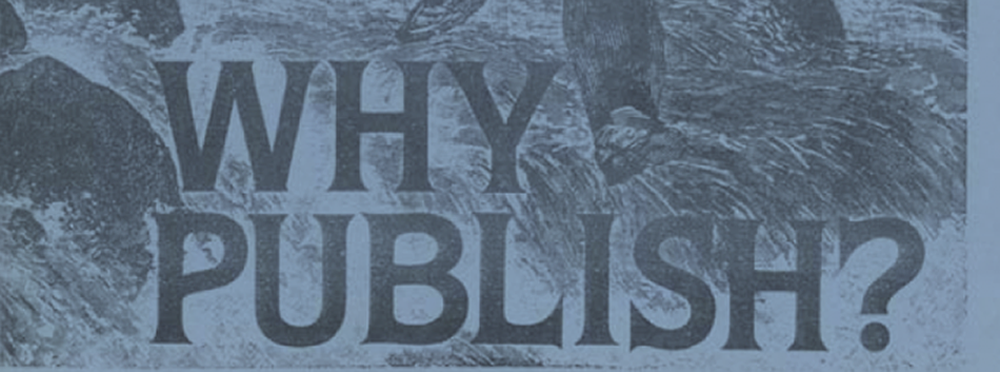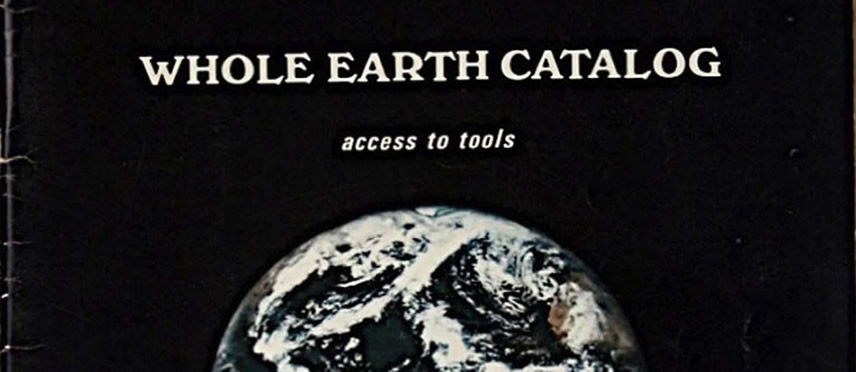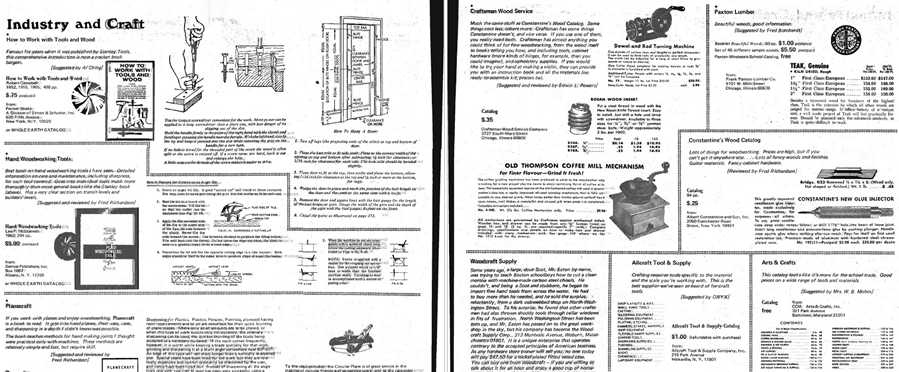For the past month, I have been focused primarily on thinking around the concept of what will become the Maker Lab zine, which the Lab hopes to launch during the 2013-14 academic year. The suggestion that the Maker Lab would publish a zine surprised me at first. I thought, “What business does a lab producing primarily digital content using digital technology have publishing in a medium that has traditionally relied on typewriters, handwritten manuscripts, hand-drawn images, and photocopiers?” What would go in the zine? How would the zine’s content differ from other work that is produced and published in the Lab? What could the zine do? Who would read it? Who would we want to read it? Why print a zine in the first place (beyond the obvious fact that it’s cool)? Now that pretty much anyone with computer access can publish almost anything online, no matter how thought-provoking or banal, are zines still culturally relevant? Why publish?
To get inspiration and start building ideas for the project, Jentery suggested I review Why Publish? Compiled by Fact Sheet Five’s Mike Gunderloy, Why Publish? documents the responses of zine publishers to the title question. Zine publishers publish for all kinds of zany reasons–spiritual, political, ethical, egotistical, to name a few–but mostly, they want to have their voices heard. They want to connect with others in their community, whatever community means to them. And they want responses. Zine publishers thrive on the letters they receive from their readers. Most are dissatisfied with mainstream media and want to provide alternatives to the print publications authorized by mainstream venues.
My favourite zine in Why Publish? is Stewart Brand’s The Whole Earth Catalogue. While it was in circulation in the sixties and seventies, the catalogue provided skills-based information and supply access for what I will call, for lack of a better descriptor, back-to-the-land communities. For example: where to buy a windmill, how to keep bees, where to buy good seeds, etc. Partially updated by its readers, the catalogue was meant to redistribute power from the supplier to the user. I like the concept of The Whole Earth Catalogue, that it enables its readers to make things and do things, catalogues information on where to buy supplies and instructs and shows how to use them. To me, this is a way that we might begin conceptualizing the Maker Lab zine: a publication that helps its user make something, empowers its reader, and provides information on how to access the materials and tools to make Maker-Lab-like things.
Reading about zine culture led me to think, admittedly for the first time, about the materiality of digital publication. In a way, I had imagined that the internet had democratized publishing, for better or worse. But, as I read more about why zine publishers continue to publish print media, I began to understand that most internet users are confined by the structures of the web, by the creators of the software that hosts their blogs, and by the capital that creates and sustains these structures. I am surprised, again, by my own naivety. I thought the internet was just free space! So, I like the idea that a zine, the Maker Lab zine maybe, might be something that could empower its reader. That learning how to make things, learning to create with digital tools, is empowering. Still, I am left with more questions than answers about what our zine will do. Who will read it? Will it be meaningful? Will it be relevant? Why publish?
Post by Mikka Jacobsen, attached to the Makerspace project, with the fabrication tag. Featured images for this post care of Goodreads, at goodreads.com; and the Whole Earth Catalogue, at wholeearth.com.




Pingback: Maker Lab in the Humanities » University of Victoria » Making Mics()